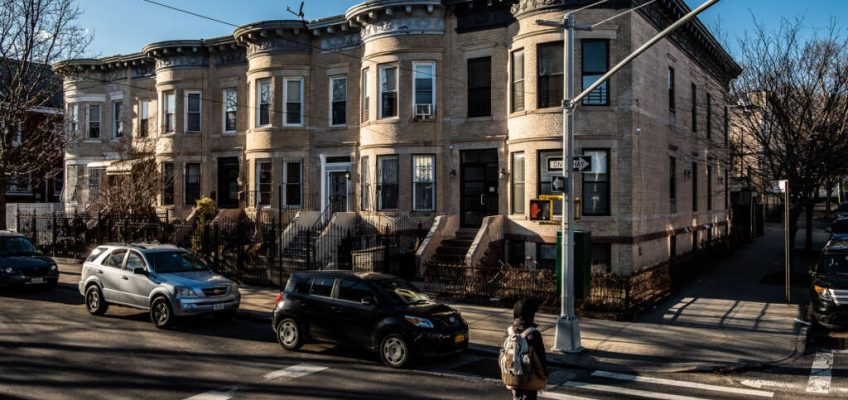By ALEX VEIGA, Associated Press
Two of the nation’s biggest real estate services companies are combining in a deal that will bring Century 21, Compass and several other major brokerage brands under the same umbrella.
New York-based Compass has agreed to acquire rival Anywhere Real Estate in an all-stock transaction that will create a combined company with a total value of roughly $10 billion, including debt, the companies said Monday.
Shares in Anywhere Real Estate soared more than 45% in afternoon trading Monday. Compass shares slid about 16%.
Related Articles
Nvidia to invest $100 billion in OpenAI to help expand the ChatGPT maker’s computing power
Community backs Borchert’s Meat Market in Maplewood as it struggles with tax payments
Trump’s Federal Reserve appointee seeks steeper rate cuts
Google faces antitrust déjà vu as US seeks to break up its digital advertising business
White House says Oracle will manage TikTok security for US users under proposed deal
Compass runs a platform for use by real estate agents in customer relationship management, marketing and other tasks. It also operates its namesake real estate brokerage and Christie’s International Real Estate.
Anywhere Real Estate is home to several major real estate brokerage brands: Century 21, Better Homes and Gardens, Coldwell Banker, Corcoran, ERA and Sotheby’s International Realty. The Madison, New Jersey-based company also operates relocation, title and settlement businesses.
The merger, which has the approval of each companies’ board of directors, will boost Compass’ network of real estate agents around the globe from about 40,000 to about 340,000, Compass said. The company also expects to add over $1 billion in revenue from Anywhere’s escrow, title and other businesses, and expects the deal to help lower costs and increase its cash flow.
By sharply increasing the number of real estate agents in its network, Compass will also be able to potentially broaden the use of its platform to market home listings on a limited basis before they hit the broader marketplace, That practice is known as a pocket listing or office exclusive and is currently at the center of a legal tussle between Compass and home listing portal Zillow.
“By bringing together two of the best companies in our industry, while preserving the unique independence of Anywhere’s leading brands, we now have the resources to build a place where real estate professionals can thrive for decades to come,” Robert Reffkin, Compass’ CEO and founder said in a statement.
Under the terms of the deal, Anywhere shareholders will receive about 1.4 shares in Compass, which values Anywhere’s shares at $13.01 each. That translates to a total of $1.45 billion, going by the number of outstanding shares of Anywhere, according to FactSet, and represents a roughly 84% premium over Anywhere’s closing stock price Friday.
The deal is the latest example of consolidation in the residential real estate sector, which has been grappling with a multiyear U.S. housing slump deepened by elevated mortgage rates and rising home prices that have kept many buyers frozen out of the market.
In March, mortgage company Rocket Cos. agreed to acquire competitor Mr. Cooper in an all-stock deal valued at $9.4 billion, just weeks after acquiring real estate listing company Redfin in an all-stock deal valued at $1.75 billion.




